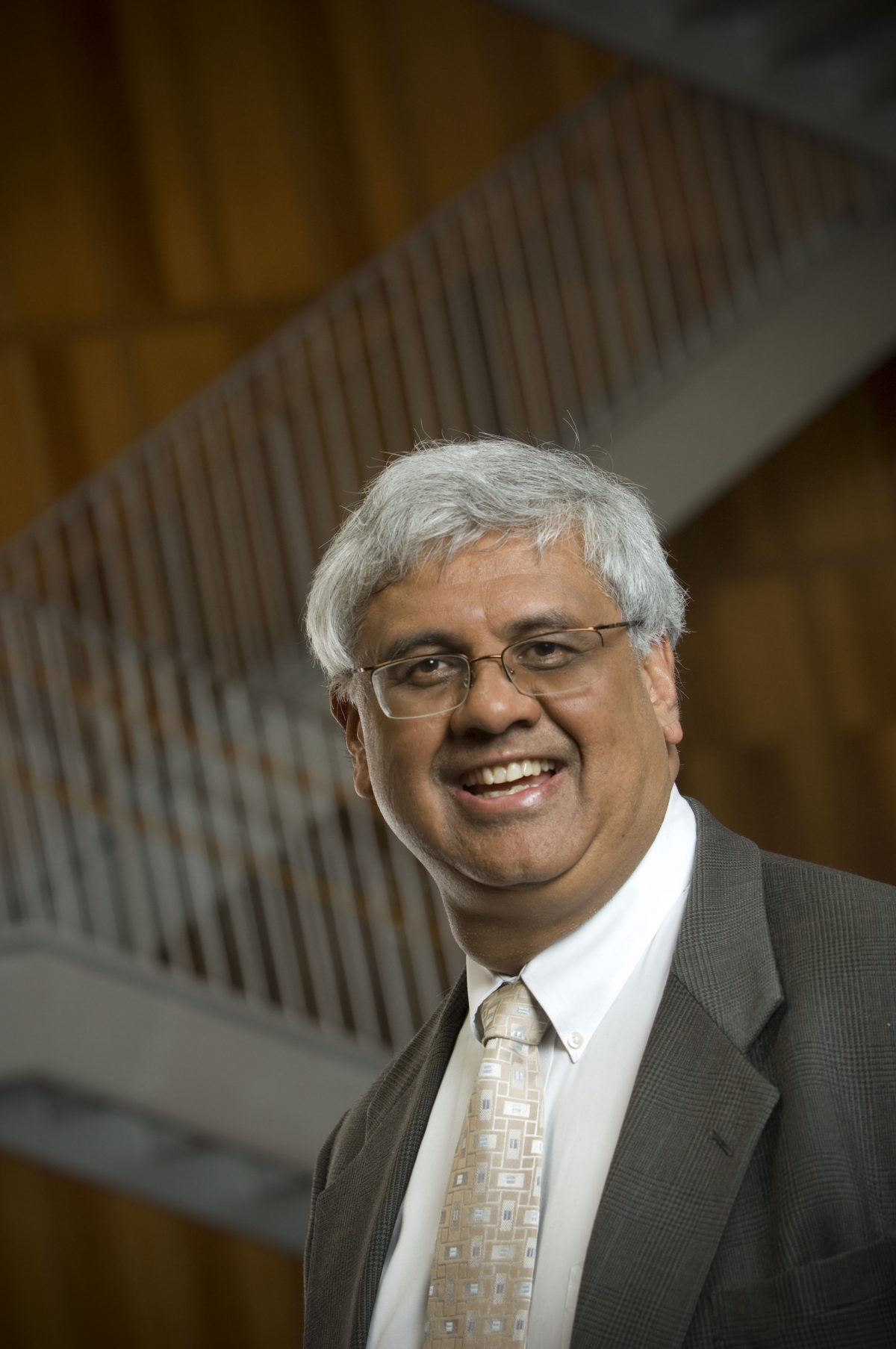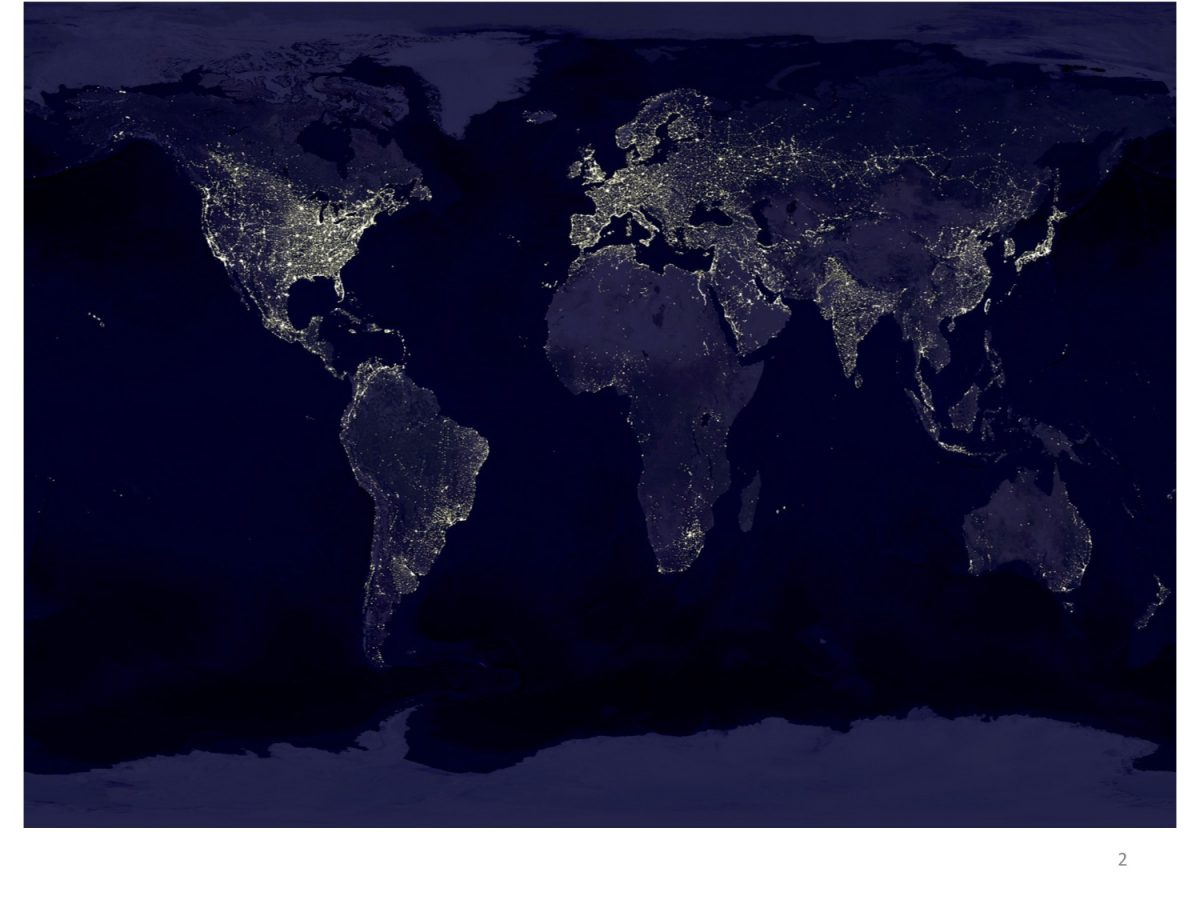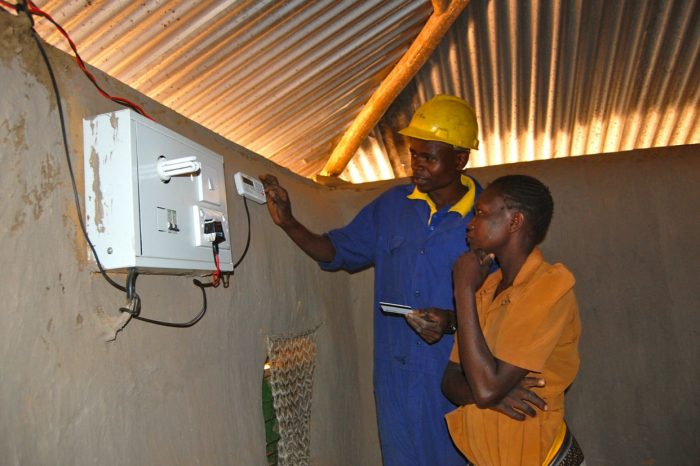Shankar Sastry
What is the role of the university in the wider world? What is the role of scholarship in an era of vast digitally enabled knowledge?
These are two questions we at the Blum Center keep forefront in our minds, as we pursue forward-looking curricula and solutions scholarship related to development. During the 2018-2019 academic year, we sought to practice what we preach by holding interdisciplinary faculty salons on large development questions, both to bolster what we teach and how we can learn from one another.
The faculty salon series was kicked off by Michael Nacht, UC Berkeley’s Thomas and Alison Schneider Chair in Public Policy. The former Assistant Secretary of Defense for Global Strategic Affairs explored the nexus of national security, diplomacy, and development—and gave a sober assessment of what that nexus might produce under the Trump administration. Michael concluded that development in low-income countries will not come out of the strategic interactions of the U.S.’s economic and foreign policy positions but likely will be spurred by the for-profit sector through advances in agricultural technology, artificial intelligence, and bioengineering.
In November, Robotics Professor Ken Goldberg and Business Professor Laura Tyson, Blum Center Chair of the Trustees and Business Professor, debated the effects of automation and machine learning on employment across nations and economies. Ken, who believes automation will both eliminate and create new jobs, proposed a “multiplicity movement” to foster uniquely human skills that AI and robots cannot replicate: creativity, curiosity, imagination, empathy, human communication, diversity, and innovation. He recommended the U.S. reinforce creative and social skills in high schools and universities, so that Americans are in a position to leverage machines with varying levels of automation alongside diverse groups of people to amplify intelligence and spark problem solving.
Laura pointed out that the substitution of intelligent machines for low-cost, low-productivity workers poses the greatest challenge in Africa, where by 2050 the continent’s youth population is estimated to increase by 50 percent to 945 million. She said we must focus our attention on how African countries will fare in global trade and global supply chains, when the availability of comparatively cheap labor is no longer a competitive advantage. She advocated that nations develop comprehensive educational and development strategies that support the livelihoods of their citizens—and that share the benefits of intelligent machines broadly.
In December, Bioengineering Professor and Blum Center Chief Technologist Dan Fletcher presented on his own solutions science related to the London Declaration of Tropical Diseases. Nearly a decade ago, the declaration brought together more than 80 global organizations to control, eliminate, or eradicate at least ten of the diseases by 2020. Progress has been made on some of the diseases, but they still affect nearly one billion people, even though major pharmaceutical companies have pledged to contribute the treatment drugs. The main problem now, explained Dan, is a health information gap—both in terms of who has the diseases and where they are located. His mobile microscopy device CellScope, developed over a decade plus, can fill this gap because it both identifies the infected through testing and provides effective treatment and monitoring, even in the most remote areas. Dan has proven his technological intervention in several major papers, and is now on mission to fund the implementation of this life-saving innovation.
In early 2019, we welcomed Joshua Blumenstock from School of Information, to the faculty salon. Blumenstock, director of the Data-Intensive Development Lab, cautioned that even though the application of machine learning to monitor and alleviate poverty has become a much discussed aspiration, new digital methods may serve more as a complement than a replacement to traditional approaches, especially in the area of economic assessment. However, he did point out that satellite imagery is becoming a key source for development research because it reveals basic physical infrastructure and quality of life trends. In his own research, Joshua has shown that by leveraging machine learning to analyze satellite data, we can draw conclusions about certain aspects of the quality of life with nearly the same accuracy as traditional, multimillion-dollar field surveys.
Technological interventions are never clear cut. This was illustrated in the April Faculty Salon by Professors Isha Ray of the Energy and Resources Group and Alison Post of the Political Science Department. They shared their analysis of the effects of the UC Berkeley-incubated social enterprise NextDrop, which designed a mobile phone intervention to alert Indian households via text when to expect water supply. Isha and Alison’s two-year study found the SMS service failed to have its intended time-saving effect due to a combination of oversights by NextDrop in terms of water service provision, mobile phone ownership, and other information gaps. “It is absolutely essential to understand the role of human intermediaries and how drastically the conditions and results of an intervention can change from one setting to the next,” said Isha.
In May, we discussed Kenya’s rural electrification efforts, studied by Ted Miguel, Oxfam Professor of Environmental and Resource Economics, and Catherine Wolfram, Cora Jane Flood Professor of Business Administration. Although Kenya has received massive foreign assistance to achieve universal energy access, the economic benefits of rural electrification in the world’s poorest places are not straightforward. Ted and Catherine’s research team conducted a randomized control trial to study the effects of electricity connections in 150 Kenyan communities, and found no meaningful medium-run impacts on economic, health, and educational outcomes. The reason? Even when heavily subsidized, the cost of connecting was a significant burden for many households whose average annual cash earnings were $205. In addition, rural Kenyans had no money to buy time-saving, productivity-enhancing appliances like refrigerators or computers.
“Power isn’t like water,” said Ted. “It isn’t like turning on the tap and getting something that improves your livelihood. Power requires you to connect to an appliance. But if you are too poor to buy something to connect to power, the hypothesized effects are not there.”
The last faculty salon of the academic year was led by Dan Kammen, Distinguished Professor of Energy, and Solomon Hsiang, Chancellor’s Professor of Public Policy, who engaged in a wide ranging conversation with interdisciplinary faculty on the economics, politics, and development impacts of climate change. Kammen has spent much of his two-decade career at UC Berkeley focusing on renewable energy research, with a focus on the role of developing economies. He underscored that in Kenya, which has a robust mobile money system, off-grid solar-generated energy is becoming the norm in many rural areas. This illustrates, he said, that around the globe—from California (which will reach its 2025 zero net carbon emission targets ahead of time) to Morocco (which is the only country meeting Paris climate accord goals)—solar, wind, and other renewable energy sources are proving to be implementable and economically viable.
The problem, of course, is that the transition away from fossil fuels to renewables is not happening quickly enough. However, Solomon, whose Global Policy Laboratory researches what we need to know to design global policy, said public interest in climate change modeling has increased dramatically over the last two years and the conversation among governments is now how detrimental will be the social cost of global warming, particularly for Southern Hemisphere countries. “This is where the role of information and academic research becomes economically powerful,” he argued.
The Blum Center Faculty Salons will continue in the fall. Stay tuned for more news about how faculty across the disciplines can collaborate on solutions science and scholarship for global public benefit.
Shankar Sastry is Faculty Director of the Blum Center for Developing Economies and NEC Distinguished Professor of Electrical Engineering and Computer Sciences at UC Berkeley.


